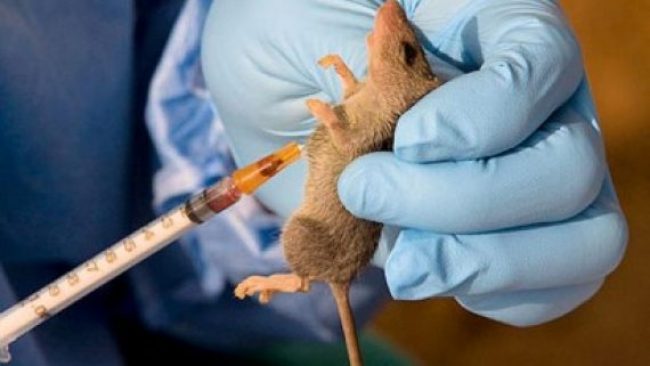

A total of 82 cases of Lassa fever including 14 deaths have been confirmed by the Nigeria Centre for Diseases Control, NCDC.
Announcing the development in its Lassa fever Situation Report (Epi Week 02: 6th – 12th January 2020, the NCDC said that a total of 255 suspected cases were recorded.
The cumulative data from the report indicated that within the same period in 2019, there were 16 Lassa fever deaths out of 60 confirmed cases out of 172 suspected cases.
According to a summary of the current weekly indicators of the report, the number of new confirmed cases of the disease increased from 18 in week 1, 2020 to 64 in week 2.
“Out of which 12 deaths were recorded from 158 suspected cases with a Case Fertility Ratio, CFR, of 18.8 percent in 12 local Government Areas of Ondo, Edo, Ebonyi, Taraba, Plateau, Bauchi and Ogun States.
Read Also: Lassa Fever: Medical Expert Cautions Against Drinking Garri
“The number of deaths has increased. The overall case fatality rate (CFR) for 2020 is (17.1 percent) which is lower than the CFR for the same period during 2019 (28.7 percent).
“In total for 2020, eight states have recorded at least one confirmed case across 13 Local Government Areas; 89 percent of all confirmed cases are from Edo (38 percent), Ondo (38 percent) and Ebonyi (11 percent) States.
“The predominant age-group affected is 11-40 years (Range: >11 to 60 years, Median Age: 33 years).
“The male to female ratio for confirmed cases is 1:1.
“The number of suspected cases has increased but is lower than the numbers reported in 2019.
“One Health Care Worker infection was identified in the reporting week 02.,” the NCDC observed.
In a related event, the NCDC confirmed that its Rapid Response Team, RRT in Ondo met with Governor Rotimi Akeredolu and the State Commissioner of Health to tackle the outbreak of Lassa fever in the State.
According to a Lassa fever Healthcare Worker Advisory issued by the Agency, Lassa fever is an acute viral hemorrhagic fever caused by the Lassa virus.
It is a major public health challenge in West Africa, with Nigeria bearing the highest burden.
The natural reservoir for the virus is the Mastomys natalensis rodent (commonly known as the multimammate rat).
Epidemiological data show that Lassa fever occurs throughout the year, but more cases are recorded during the dry season (November through May).





















